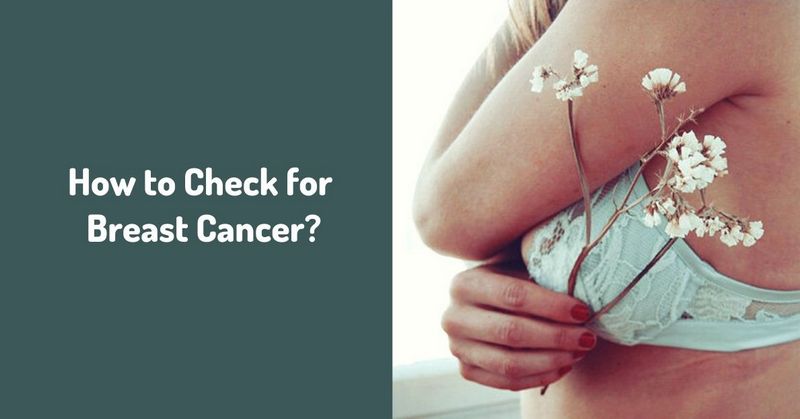How to Check for Breast Cancer?
Often women forget that they can take care of their health on their own, but it’s important: initial breast self-examination can save a life. Today, we will tell you about how often you need to be checked, how to do an examination in order to notice breast cancer in time and what does breast cancer feel like.

Breast self-examination is a mandatory procedure that women should conduct regularly.
With its help, you can identify the disease in the early stages. And if you start treatment promptly, then you can completely get rid of the disease with a probability of 95%.
Over the past 20 years, the frequency of breast cancer has increased almost three times, so it’s so important to regularly check your health.
American scientists say: breast cancer is the most frequently diagnosed type of this disease among women and the main cause of death from it. About 11.6% of cases of breast cancer end in death.
How often do you need to check for breast cancer?
The importance of regular screening for oncology is described in the study by the International Agency for Research on Cancer.
Try to make self-examination a new habit: just like scrolling social networks in the morning or doing hair masks every two weeks.
The structure of the mammary gland can change depending on the stage of the menstrual cycle, the chest can hurt and tighten, so it is important not to worry ahead of time. Self-examination should be performed once a month, on the 2-3rd day after menstruation. If menopause occurs, choose a specific day of the month and check your breast regularly.
To be sure of your own health, visit a mammologist every year. Age is not a barrier to disease: the youngest patient who was diagnosed with breast cancer was only 18 years old.
Before the age of 35, do an ultrasound of the mammary glands every year. The best time is the 10th day of the period.
After 35 years, you need to visit a mammogram every year and undergo an X-ray examination which allows detecting cancer in the initial stages. This method can detect a developing disease several years earlier than palpation and examination by a doctor. At an earlier age, small tumors are poorly visible.
How to do breast self-exam?
Look at the schematic structure of the breast: it can be divided into 4 quadrants (upper: external and internal, lower: external and internal) and the nipple-areolar zone. So it will be easier for you to explain to the doctor where and what is bothering you. The procedure can be performed in a standing and lying position: it is easier to detect changes in the lower part of the chest when you are lying, in the upper – when you are standing.
- Stand up. First, examine the chest in the mirror, straightening your shoulders and lowering your hands. Pay attention if it is symmetrical, whether it has the correct form. The skin should not have redness, tightness and retraction of the chest and nipples. Make sure that there is no discharge from the nipples. Put your hands behind your head and see if the structure of the chest has changed. Take one hand behind the head and the opposite hand from the chest (that is, the left hand examines the right chest and vice versa), massage it with small movements, moving from the edges to the nipple;
- Lie down. Examine the chest in the same way as in the standing position: gently feel the chest with small circular movements. Palpate first from above, and then – more densely, trying to grope for ribs. Check the clavicle and armpit areas for lymph nodes enlarged. Gently squeeze the nipples to check for the presence or absence of discharge.
When you should see a doctor
If you detect any changes when checking your breast on your own, consult a doctor as quickly as possible, especially if you find:
- seals;
- an increase in lymph nodes;
- swollen or reddened skin;
- retraction of the nipple, retraction or protrusion of the skin;
- discharge from the nipples.
Do not rush to make a diagnosis on your own!
The faster you detect the disease and start treatment, the faster you recover. Not every tumor means cancer: in most cases, women get benign tumors.
